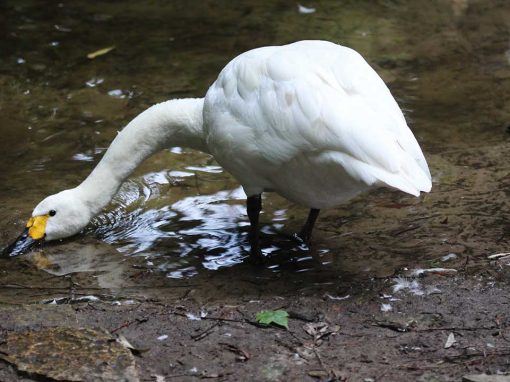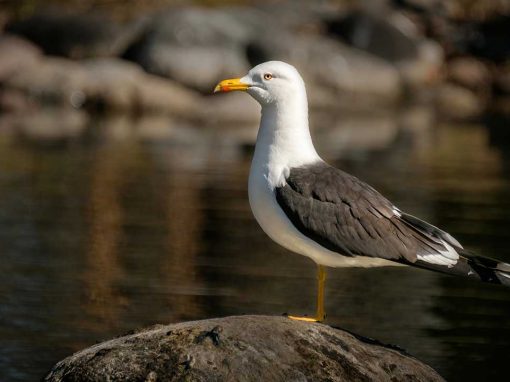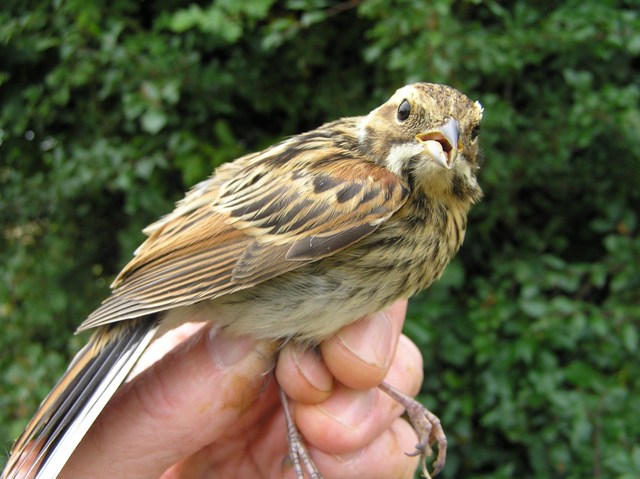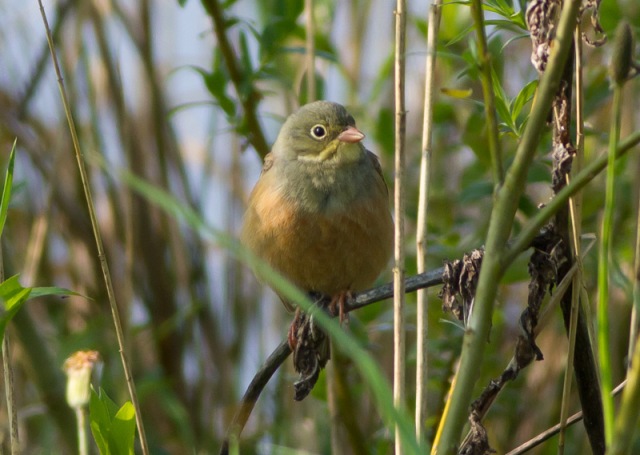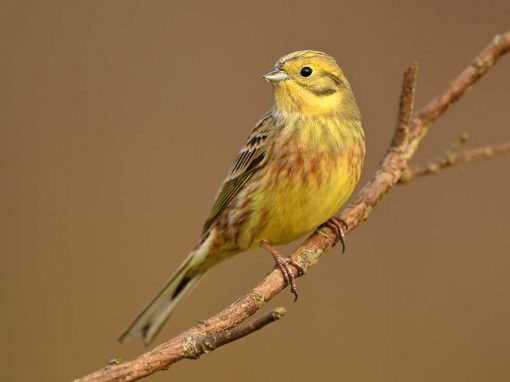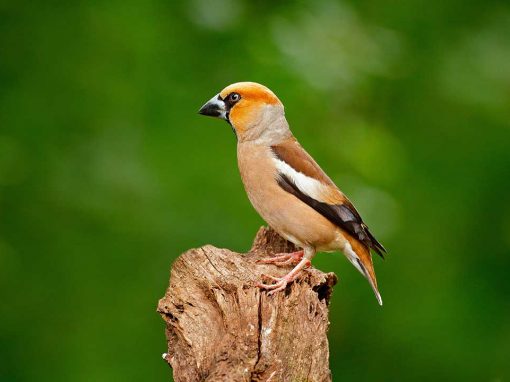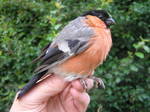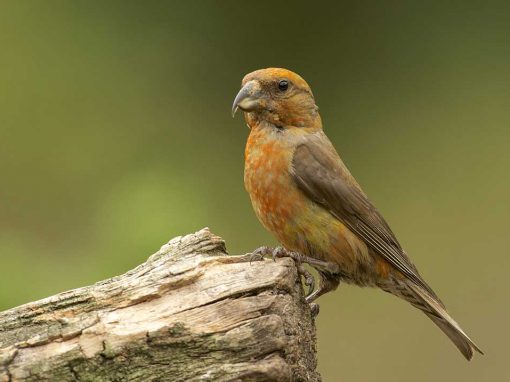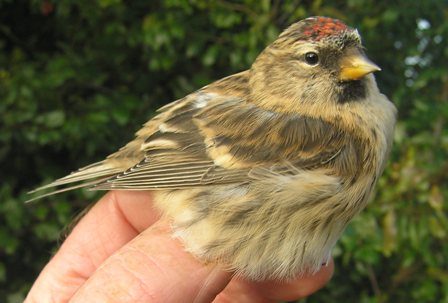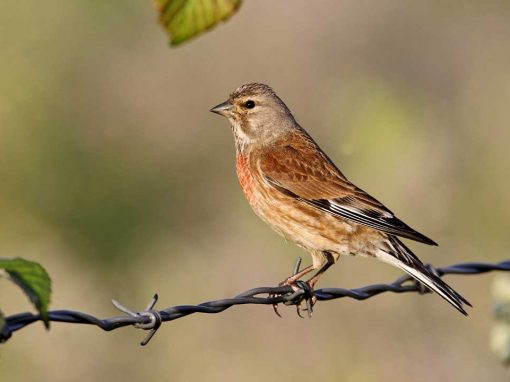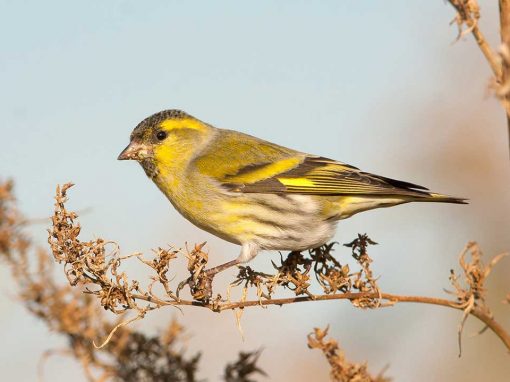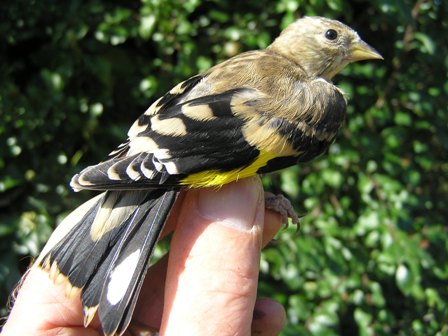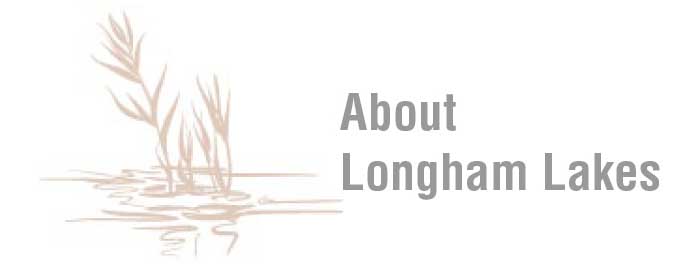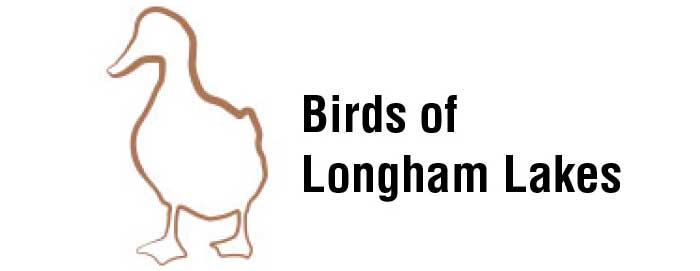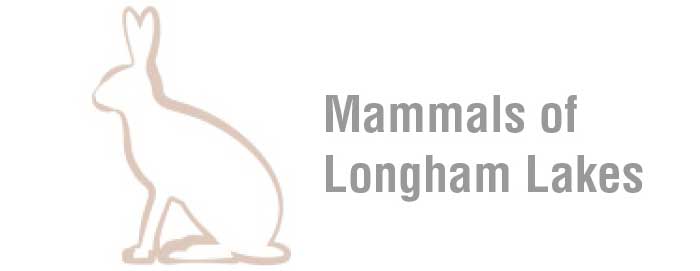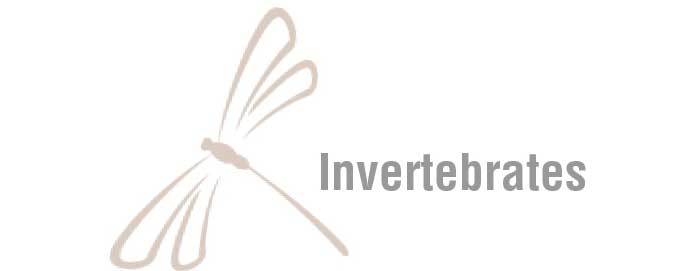Common Chiffchaff (Phylloscopus collybita)
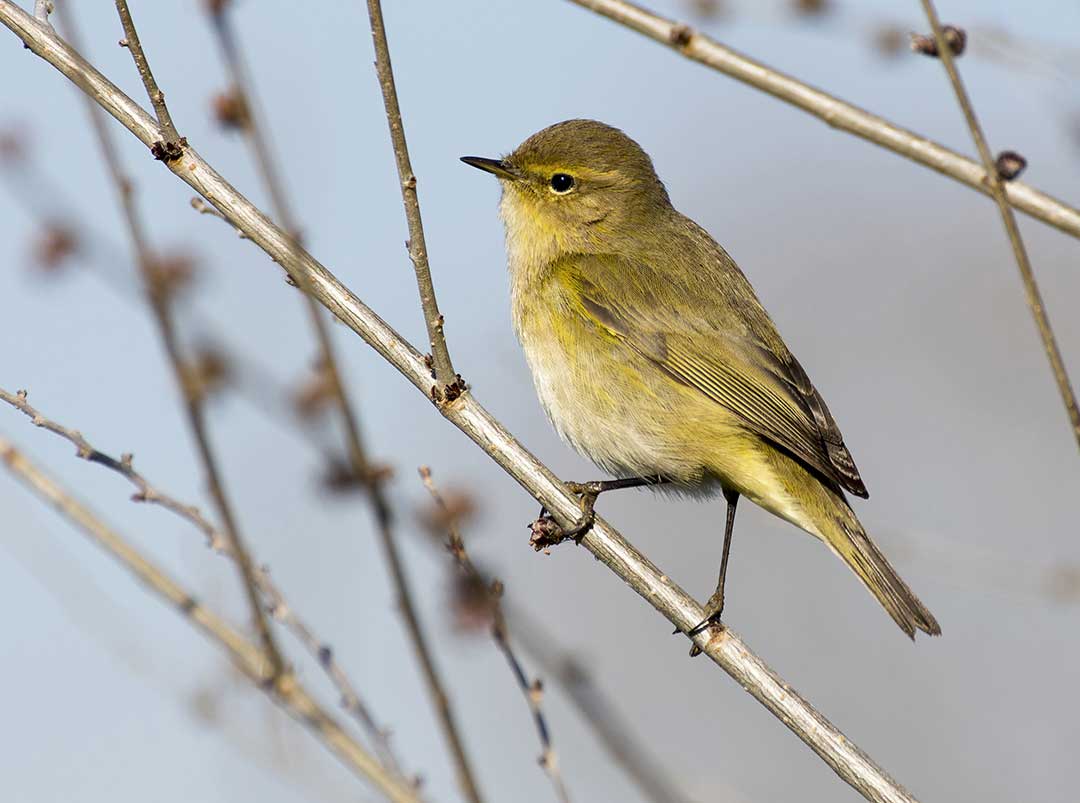
Common summer visitor and passage migrant. Small numbers now winter.
First singers/arrivals:
2005: 1 heard on 8th March.
2011: 9th March (2). (Paul Morton)
2012: 27th March (5, Alan Pearce).
2013: 5th March, then a fall on 14th March (12+) (Chris Parnell).
2014: 16th March (6) (Robin Trundle).
2016 – Wintering birds confused the issue.
High counts:
1. 40 along the hedge by Hampreston Fields, 16th September 2008.
2. 30 on 29th August and 3rd September 2003.
3. 20 on 12th September 2009.
4. 10 on 30th March 2006.
5. 10+ with a flock of tits and Goldcrests in Emily’s Wood, 4th October 2006.
6. 20 on 7th and 8th April 2010.
7. 36 ringed on 17th September 2012 (Roger Peart) and 21 on 18th.
8. Many (20+, up to 50) were feeding on the ground beside LR South during the cold weather of 23rd-26th March 2013.
Siberian Chiffchaffs
Birds showing characteristics of the Siberian races tristis have been recorded as follows:
2 on 16th March 2014 (Robin Trundle).
Winter records:
1. 1 on 17th February 2005.
2. 1 on 8th January and 12th February 2007, near the Red Lion pub, then 2 on 26th.
3. 1 on 12th December 2007 (Chris Parnell).
4. 1 on 28th January 2008 (Chris Parnell).
5. 2 on 6th December 2008 (Trevor Thorpe).
6. 2 by Hampreston Fields, c15th November 2009. One was very pale and could possibly have been a Siberian Chiffchaff.
7. 1 on 28th November 2009 (Trevor Thorpe).
8. 1 on 7th January 2012 (James Philips)
9. 1 on 3rd February 2012 (Derek and Kay) and 14th February (Alan Pearce).
10. 1 in Emily’s Wood on 1st and 11th December 2012 (CP), that or another on 21st December (LB).
11. 1 on 1st January 2013 (DC) and 5th (GG), 2 on 2nd February (James Lowther, Trevor Thorpe) and 1 on 4th and 13th. Then 1 on 10th November, 13th November (ringed), 2 on 25th November (latest ever ringed).
12. 1 on 25th January (George Green), 1 on 7th February, 2 on 26th November and then at least 5 on 28th November 2014 (DC), 1 on 5th December (OWLS).
13. 1 on 6th and 12th January, then 3 on 25th January and 3 on 23rd February. 2 on 24th November.
14: Up to 4 were seen in early February 2016, suggesting a significant overwintering population.
Breeding:
2010: Minimum of 3 singing males on-site (2 Emily’s Wood, 1 Samuel’s Wood).
2014: 3 territories, early April.
2016: 4 territories were located in Emily’s Wood or nearby maturing Willow scrub. Unusually, none
were found in Samuel’s Wood which is suitable and has annually held a singing male prior to
this year (Steve Morrison).
Ringing:
2011: 116 ringed between 27th May and 4th October, with 27 on 15th September (Roger Peart).
2012: 245 ringed between May and October, with 169 in September!
2013: 169 ringed between April and November, with 36 on 30th September.
2014: 240 ringed between May and December, with 175 in September.
Recoveries/Controls:
DHL461, ringed at Sandwich Bay Bird Observatory, Kent, on 2nd October 2012 was controlled at Longham on 30th September 2013 (238km WSW, 363 days).
Birds of Longham Lakes
